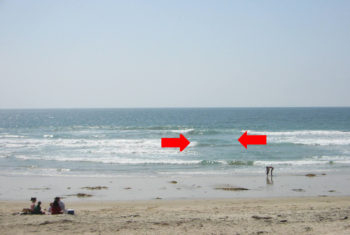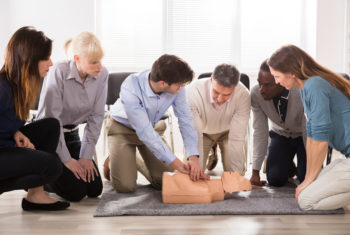It’s rare to have a summer that’s unmarred by storm warnings. That’s why it’s important for boaters to have a plan of action at the ready when the predictions grow dire. High winds, rising tides, and driving rains have consequences, so efficiently taking care of property lets you spend most of your time protecting yourself and your loved ones.
Whether it’s a named tropical storm, hurricane, or another strong weather disturbance, prepared boaters may minimize damage to their vessels by following our tips.
PREPARE IN ADVANCE
BoatUS suggests boat owners talk to their insurer and ask:
Who pays for salvage?
Do you help secure salvage or do I need to make my own arrangements?
What’s my “storm haulout coverage” or “named storm haulout reimbursement”?
Is my boat trailer insured?
Does my liability-only policy include coverage for salvage and wreck removal and fuel-spill incidents?
What can I do before a storm to reduce my “named storm deductible”?
Organize ownership essentials:
Photograph your boat (or take a video) from multiple angles, including all equipment and property stored and installed aboard.
Scan or photocopy receipts for all equipment and accessories, boat registration (or documentation), and boat insurance policy. Keep a hard copy of all documents in a place other than your boat and have a second set on the cloud or another platform that is accessible from a device other than your own.
Check in with your marina, club, or boatyard to review the facility’s hurricane preparedness and procedure. If you’re at a mooring, ask the harbormaster.
New to the area? Learn the area’s storm surge history and ask where locals travel to find protected waters.
If you plan to move your boat to a safer harbor before a storm, plot and practice the route, noting the time and any hazards.
Check that all emergency equipment is working.
STORM WARNING ISSUED
Boats on trailers should be sheltered, lashed, and tied securely; deflate trailer tires.
Follow your facility’s plan and timetable for securing or hauling boats, or relocate to safer waters.
If your boat will remain in the water, check emergency equipment. Fill fuel tank(s), clean filters, bilges, and cockpit drains, and charge batteries. Strengthen or replace anchor rigging chain and line. Fasten hatches, ports, lockers, and doors.
At the dock? Connect to shore power — ensure current is flowing and the trickle charger is operating. Attach extra lines allowing sufficient length for the highest water surge predictions (plus more). Place multiple bumpers (fenders) around your boat and between neighboring boats.
On a mooring? Check and replace fraying lines and add additional lines.
Give the dockmaster or harbormaster your contact information and alarm code if applicable.
Write out the marina, harbormaster, and towing emergency contact numbers in case your cell phone doesn’t work.
DURING A STORM
Get off the boat. Remaining risks your life and jeopardizes first responders.
Do not return to the vessel during the eye of the storm. Wait until authorities sound the All Clear.
ONCE ‘ALL CLEAR’ IS GIVEN FOR THE AREA
Wait for emergency personnel and utility workers to finish working before visiting your boat. Never drive or wade into flooded areas. Stay away if there are dangling or downed wires, and/or you smell gas.
Don’t climb across boats piled together and never enter your boat if it’s part of a heap. Don’t board a vessel dangling between land and water.
When the situation is safe, inspect your boat.
CHECKLIST FOR BOATS THAT SUSTAIN DAMAGE
- Document damage and loss with photos or video.
- Move the boat only if necessary to prevent further damage to it or nearby property.
- If the boat is listing, check the bilge from bow to stern for water and inspect lockers and hatches for damage.
- If the boat is beached, tape a sign to the hull that says:
NO TRESPASSING!
Authorities, please reach me at [your phone number].
- Contact your insurer and make a claim before removing, repairing, or replacing any damaged or missing items.
- Remove wet coverings and cushions to prevent mold.
- Tug cleats, lines, and anchor (as applicable) to make sure all holds tight.
- Never sign a contract for hauling, salvaging, or restoration without getting insurance approval and vetting the contractor.
- Always lend a hand to fellow boaters.





